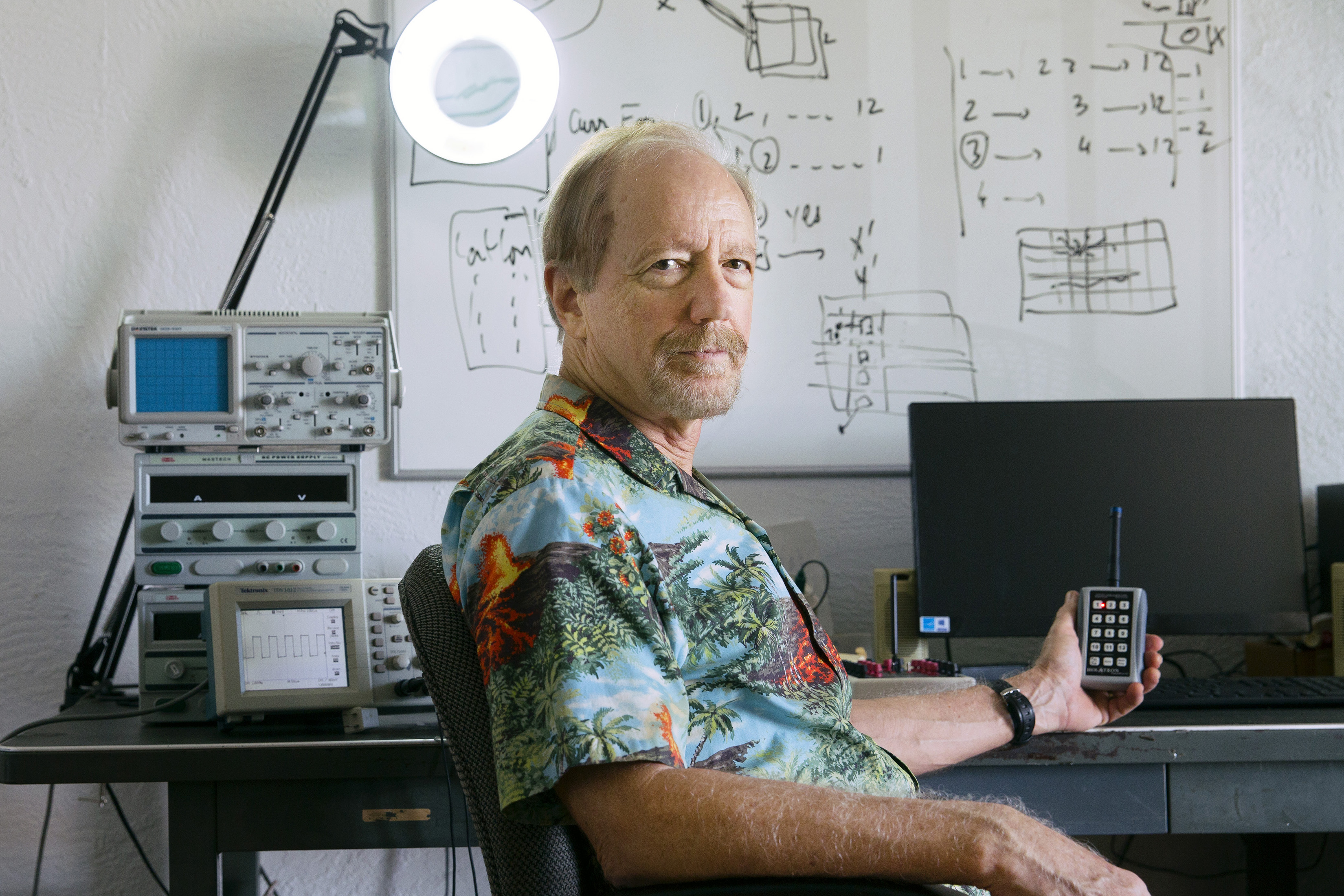Making a Bang on the Big Screen
-
-
MIT Technology Review
Filed Under
Recommended

When Charlie Holdaway ’67 was a little boy growing up in Kentucky, fireworks terrified him. “The noises definitely scared me,” he recalls.
But something changed when he was nine years old and the kid next door showed up with a bag of powerful cherry bombs and M-80 firecrackers. Soon Holdaway was hooked. “There’s a saying—‘He who hath once smelled the smoke is ne’er again free,’” he says, chuckling. “And I always will remember that smell.”
Holdaway began making his own firecrackers. When he was 14, while he was mixing several ounces of flash powder in the basement, it ignited, searing his hand with third-degree burns. “That gave me a little more respect for those chemicals,” he says. But his youthful enthusiasm would end up having powerful consequences for his career.
When Holdaway was in high school, he applied to MIT at his mom’s suggestion—and because he liked the sound of the name. He thrived as an electrical engineering major and today calls his MIT degree the best investment he ever made. One day, he showed Professor Harold “Doc” Edgerton, SM ’27, ScD ’31, some of the high-speed photographs he’d taken of his firecrackers mid explosion, and the two struck up an instant friendship. Edgerton invited him to work in his lab after graduating, but the young Holdaway had his sights set on moving out west.
I’m proud to say we have never had an accident in the entire history of our company.
In California, he worked at an aerospace company designing navigation equipment for fighter jets and was chief engineer for a manufacturer of semiconductor testing systems. He soon got to know a colleague who ran a side hustle as a professional fireworks operator. He asked if Holdaway could design some custom electronics to control and launch his displays. Holdaway agreed and soon realized he’d reunited with his first love. When word got out about his skill, other fireworks companies came knocking.
These early systems used cables to run a signal from a control box to the fireworks. But by the 1990s, Holdaway started making wireless systems that used radio signals to trigger the fireworks to launch—and that’s when he incorporated his company, Holatron Systems. Using radio to control something remotely wasn’t new. “But what was new is that it was a very high-risk application of radio signals,” he says: a stray transmitter set to the right frequency could trigger an unintended launch.
Holatron solved the problem in large part by developing software that rigorously encodes the firing signal without any of the delay typically required. Once that radio signal is sent, the explosive ignites instantly, launching the firework skyward. “I’m proud to say we have never had an accident in the entire history of our company,” says Holdaway.
In 2005, at a trade show in Arizona, two Warner Bros. special effects operators bumped into Holdaway and asked if he could design something that could simulate the look of a bullet hitting an actor. He accepted the challenge, successfully creating a radio-controlled device that “would fire little powder charges under the actor’s shirt just enough to blow a hole in the garment and make it look like they’d been shot.”
Within a couple of years, studios all over Hollywood began ringing him up. So Holdaway got into the business of perfecting the fake-bullet system and later expanded his portfolio, designing special effects for onscreen explosions. Such fireballs are typically created with gasoline because you get the look of an explosion without any shrapnel. “You just have to be sure it doesn’t go off while you’re hooking it up,” says Holdaway. “And our proprietary technology makes sure that won’t happen.”
Holdaway can no longer keep track of all the movies and TV shows his products have appeared in (including Breaking Bad, Hawaii Five-0, No Country for Old Men, Green Lantern, and Best Picture Oscar winner The Hurt Locker). He’s even done work for Broadway productions like Spamalot. But he still feels awe when he beholds a particularly thrilling pyrotechnic display of fireworks, just as he did as a boy. “It’s a form of artistry,” he says.
This story also appears in the July/August issue of MIT Alumni News magazine, published by MIT Technology Review.
Photo: Olivier Konning







